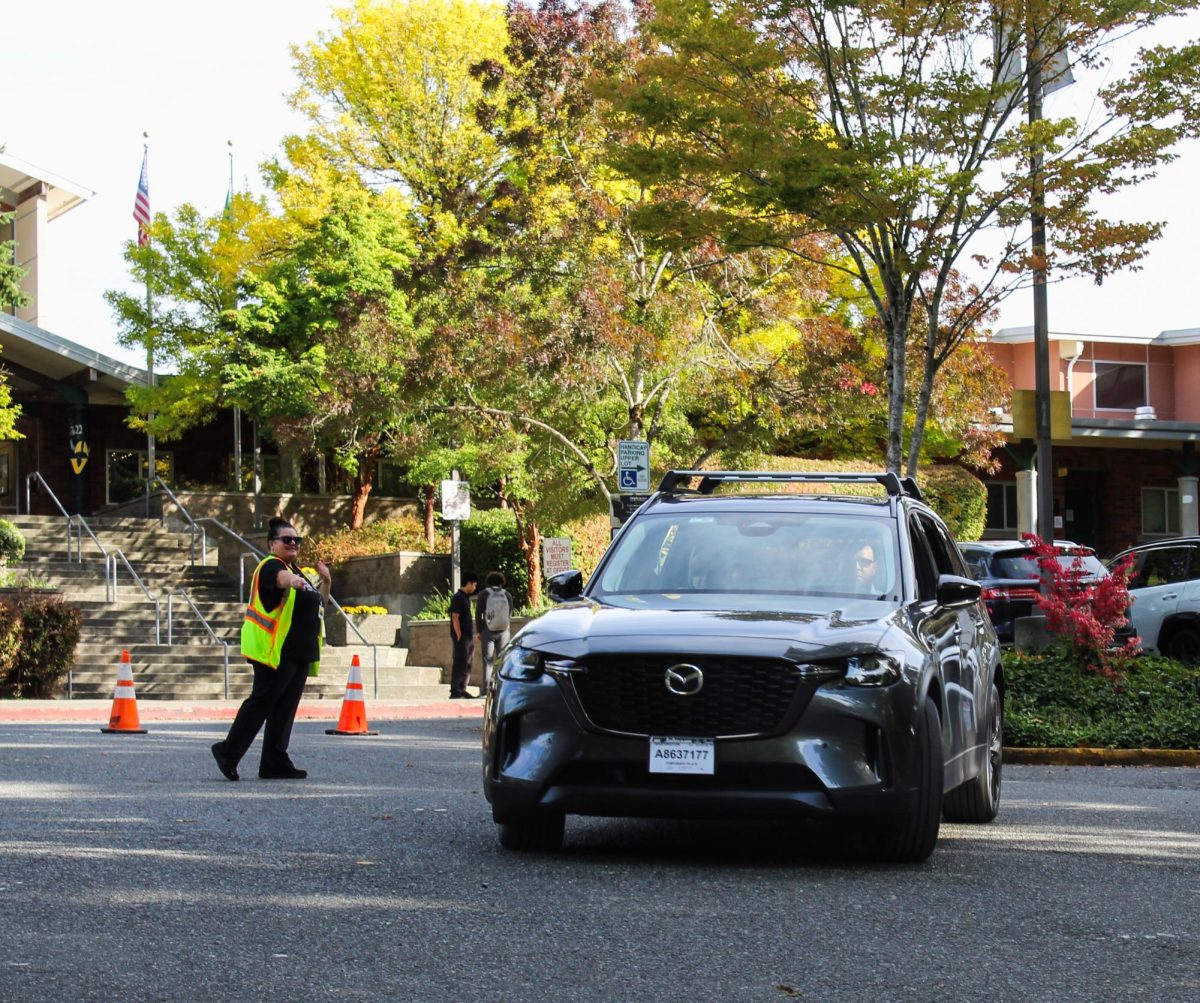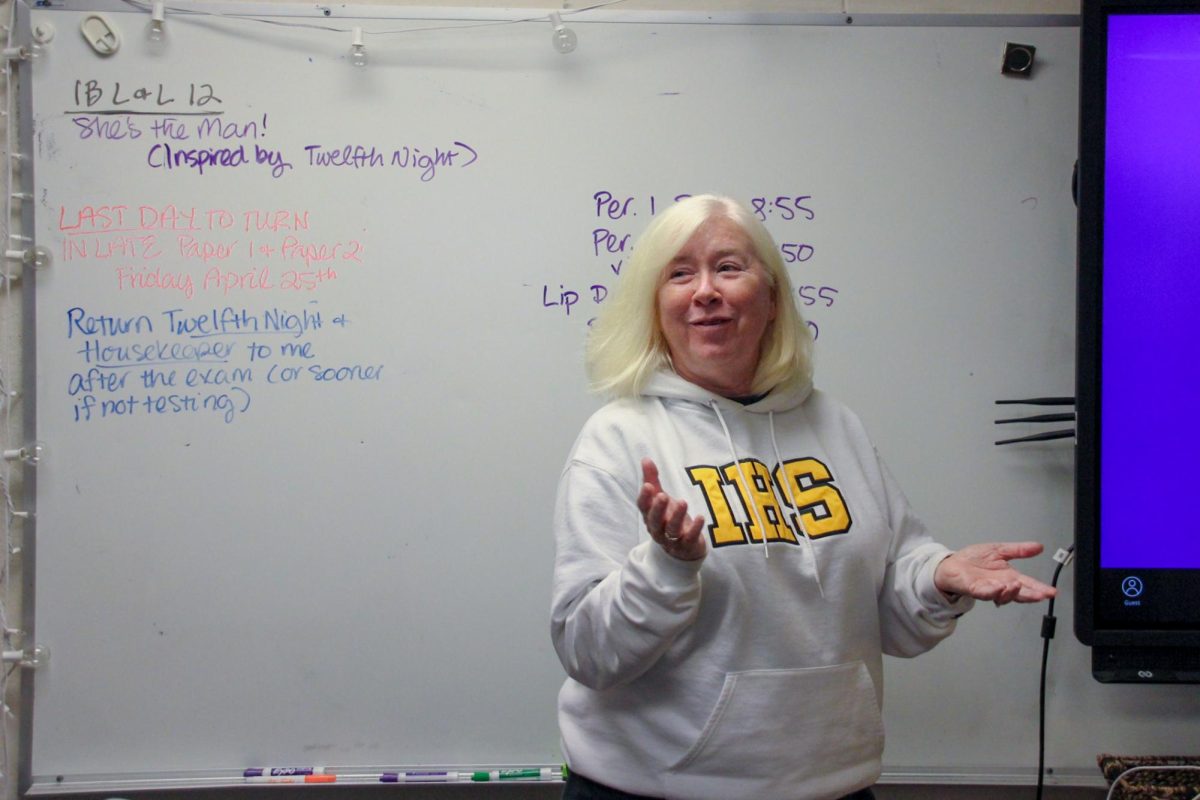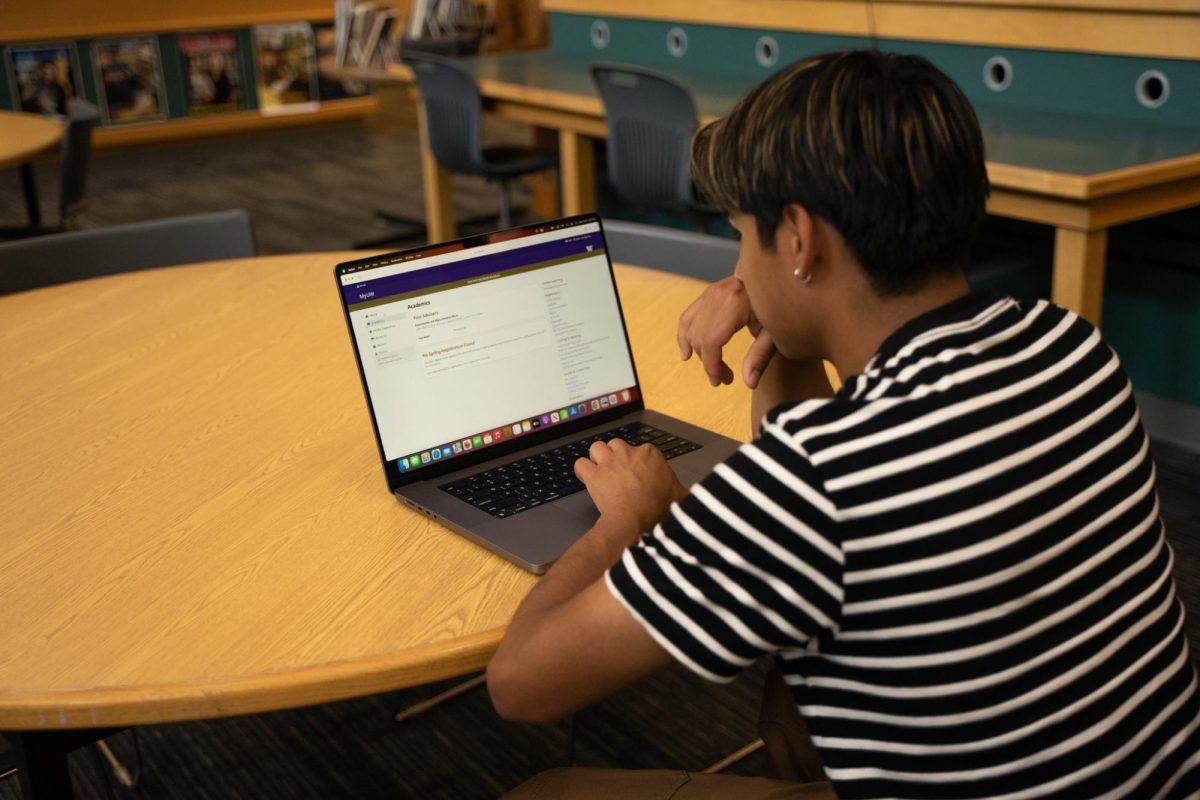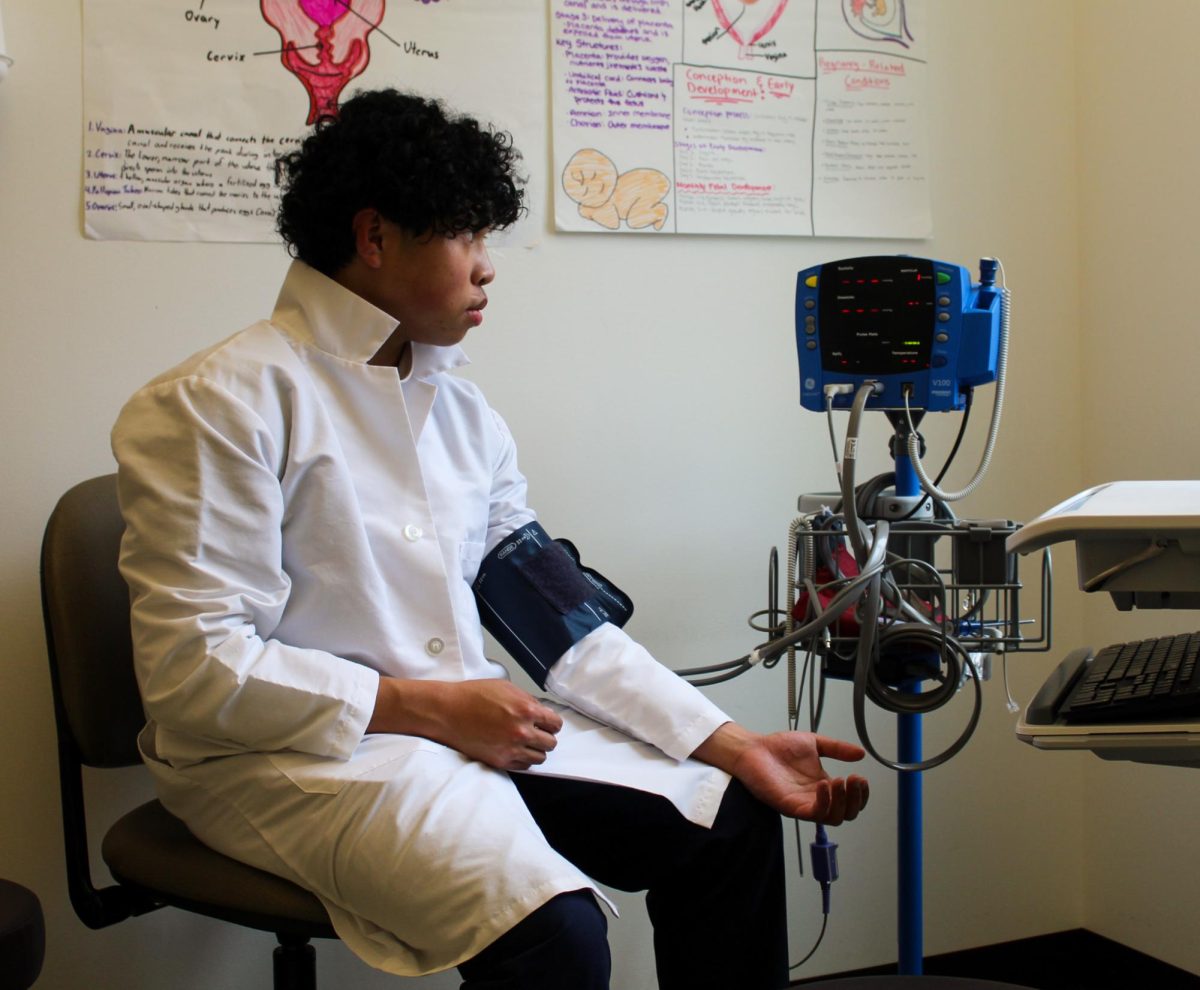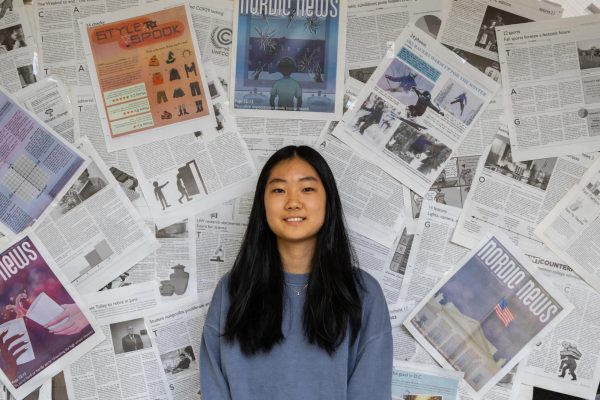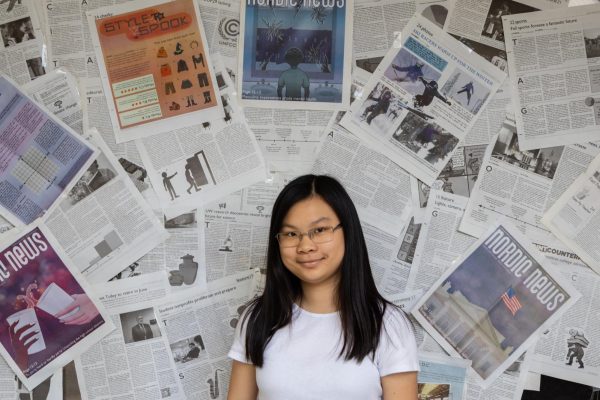After phase one of the ongoing Inglemoor High School Replacement Project removed over 100 parking spots, administration changed the parking lot policy. Instead of being assigned individual parking spots, students are assigned to a specific parking lot. Campus supervisor Sarah Beeson (she/her) said that the main incentive behind the switch was increased flexibility, allowing more students to receive parking passes.
“Very rarely are you going to have 100% of people here every day,” Beeson said. “You technically can oversell those lots by five or six students, and you’re not going to run into overcrowding because not every student that buys a pass comes every day.”
Despite the nuanced situation, Beeson confirmed that by renting additional parking spots at the church and encouraging carpooling, the school was able to accommodate all students who needed a parking spot.
Nevertheless, handling the daily parking and departing situation on campus can be complicated. For the campus security team, Beeson said that the construction has created an unpredictable working environment. As the year kicks off, she also said that one of their biggest challenges is the pedestrian crossing to and from the portables during block days where students intersect with moving vehicles.
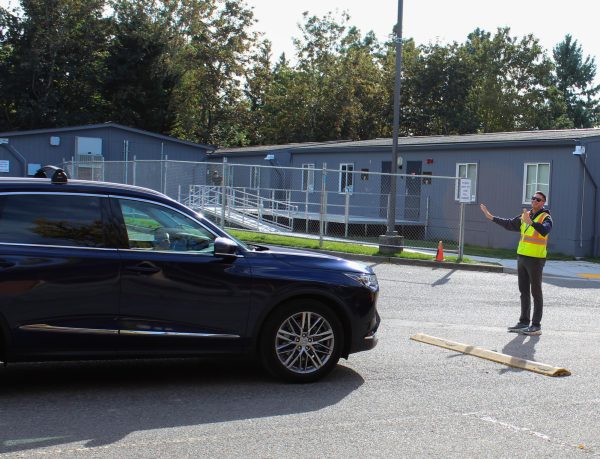
“Those are times that we know we need to be out there, actually directing traffic at the crosswalk,” Beeson said. “But sometimes being out there actually makes it more unsafe.”
If students cross preemptively or away from the crosswalks when Beeson is directing traffic, it can be more dangerous.
End-of-day traffic presents its own challenges. With the road behind the school blocked, cars from the B lot are forced to merge into the A lot, all while parents circulate the pickup zone. The campus supervisor team’s recent recruits — Colin Portugal and Victor Camarena — help direct the cars. Despite their efforts, some students still express frustration about the present congestion.
“3:15 to 3:45, no one can leave, no one can get out, no one can get in,” junior Yvette Williams (she/her) said, referring to her personal experience. “There’s no movement in traffic at all.”
In addition, junior Isaac Yu (he/him) said that as students rush to get out, hard turns and swerving around the parking lot become common.
“I mean, it’s kind of fun to watch Mr. Portugal,” Yu said, miming Portugal’s traffic hand signals. “But other than that, it’s just like, ‘pray to God you get out quickly.’”
The absence of assigned parking spots also creates a sense of unease as students constantly search for open spots and gamble on who their new parking neighbors will be.
“I prefer to park next to my friends because I know that they’ll treat my car the way I want to treat my car, and that I would treat their cars the way they want their cars to be treated,” Williams said.
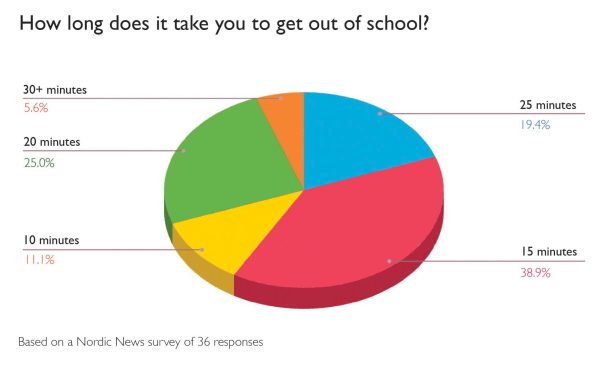
By the time the last bell rings, Williams said that it feels like everyone’s just fending for themselves. In the midst of chaotic traffic, she said it is not easy to maintain basic courtesy while also looking out for yourself and your time.
“You can’t even honk at anybody if they’re being annoying because the likelihood that you’ll see them in class is so high,” Williams said. “‘That guy is in my English class. I’m gonna have a discussion with him tomorrow. Let me honk the horn at him — I’m sure he’ll want to talk to me.’”
In Williams’ ideal world, traffic would operate as a 4-way stop and merging would proceed in an orderly fashion, free of frustration, as everyone waits their turn.
“Don’t just cut in and drive past everybody else,” Williams said. “Just wait, we’ll all get out eventually.”
But realistically, Williams likens the parking lots to the Wild West. From what she has seen, drivers often don’t step up to take responsibility in the event of an incident. Williams feels that driving incidents outside of Inglemoor have a better chance of accountability.
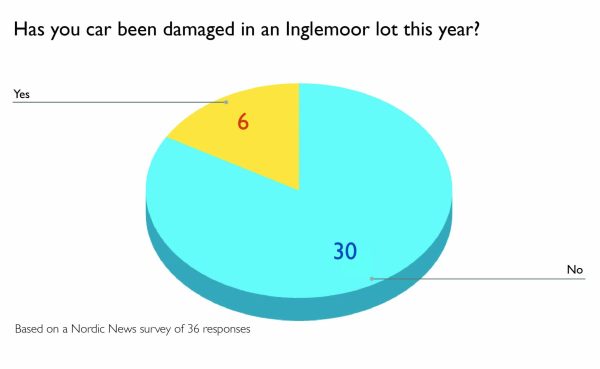
“You can count on people leaving their name on a notecard and putting it on your windshield,” Williams said. “That’s not gonna happen here unless you see the person hit your car.”
As campus supervisor, Beeson handles reported parking incidents. However, while she can help connect students from both parties and examine available security footage for police reports or insurance, students are responsible for handling altercations outside of campus.
“People think our cameras are magical, and we can see a lot, but then there’s a lot we can’t see,” Beeson said. “Honestly, it’s just like out in the real world if your car got damaged in a parking lot. If we’re not able to verify that it actually happened in the parking lots, it’s hard to then point a finger at another student, right?”
Beeson encourages students to be extra cautious and limit distractions when crossing the road and driving. Similarly, Williams wishes that the school would establish a driving etiquette and set clear expectations for student drivers.
“You can’t just throw your car in reverse and just start turning the wheel,” Williams said. “You’ve got to make sure that you’re paying attention to what’s going on around you.”



